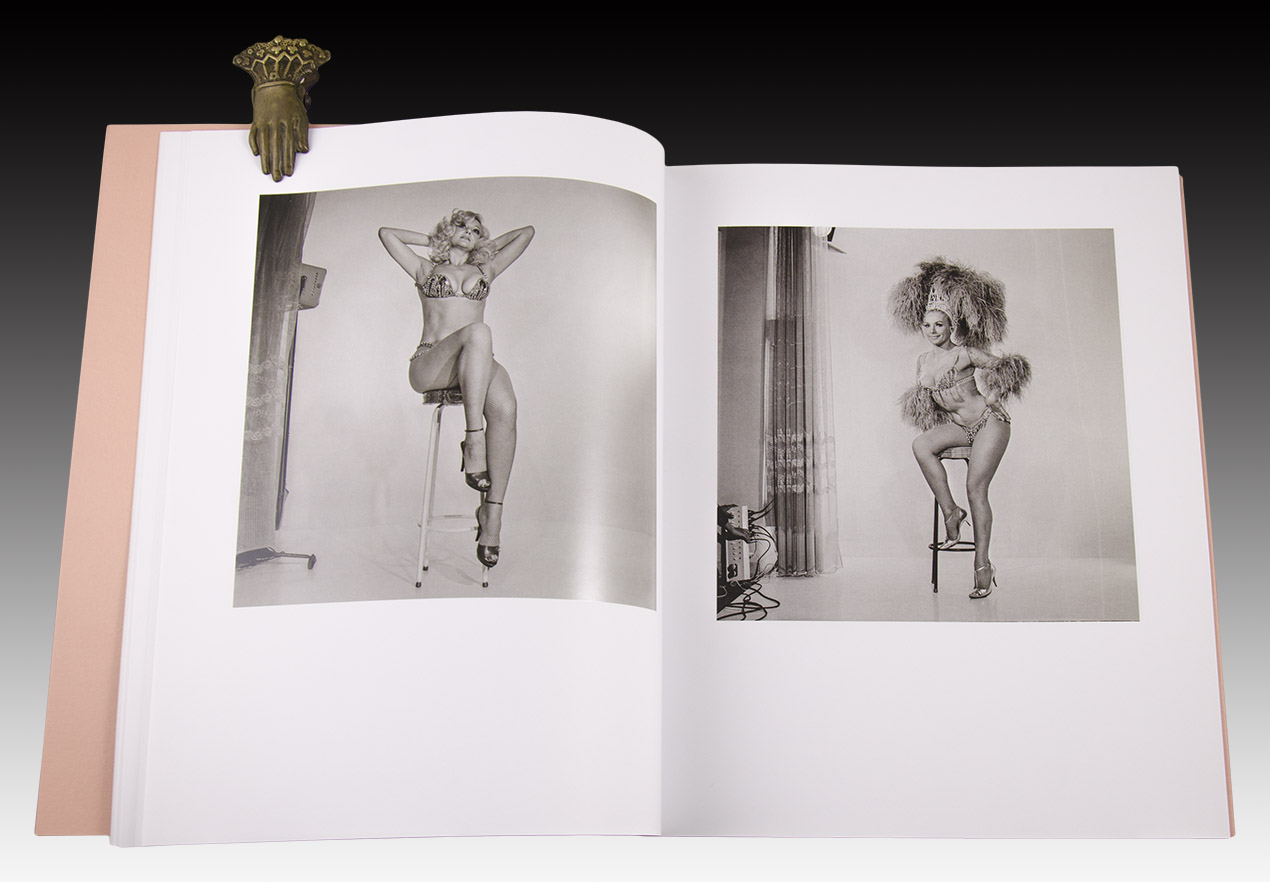Maria Amalia Garcia; Sofia Dourron; Josephine Barcia. Buenos Aires. MALBA. 2022.
Quarto major (29 x 24 cm), 200 pages. Publisher's hardcover binding with wide flap.
In the multiple spaces of art, the preservation, study and enhancement of archives is here to stay. The most important institutions in the world seek to appropriate these treasures, digitize them, investigate them and offer them to the universal community. Important exhibitions are also curated with the pulse of these gems, showing the back room of creation, the details that in their time were inaccessible to the public. This is what the Museum of Latin American Art of Buenos Aires (MALBA) is doing with the show Temporada Fulgor. Foto Estudio Luisita, a surprising exhibition focused on her photographic production from the 1960s and '70s. The exhibition is presented accompanied by the catalog book, a title that we enthusiastically recommend: it deserves to be part of any library dedicated to the arts and, in particular, to 20th-century photography.
This small studio was created by the Colombian sisters Luisa Escarria (Cali, 1929 – Buenos Aires, 2019) and Chela Escarria (Cali, 1930), heirs to a family photographic tradition. Installed in his own apartment on Corrientes Avenue in the city of Buenos Aires, a few meters from the Tabaris, Nacional and Maipo theaters, he focused his activity on the golden age of Buenos Aires revue theater. Actresses, actors, dancers, musicians, comedians and other entertainment figures were photographed by Luisita with her Hasselblad camera. In a diminutive environment, where it was impossible to hide the "presence" of the family home, Chela intervened in the negatives to eliminate everything superfluous in the desire to achieve a pure image, without those traces of domesticity. In the negatives preserved without retouching, the curtains appear, the canaries they raised, the wall air conditioning, the lights in the studio, the cables, the screens... In the intervened negatives, they hid and even created. “What the limited space did not allow them to display, the sisters simply invented. Cutting and pasting negatives, superimposing them, retouching them and coloring them by hand.” - describes Sofia Dourron.
Famous among their male and female audience immersed in a patriarchal culture, the vedetes and dancers appear in the photos of Luisita and Chela with all their glamor and innocence, showing their deified bodies. We see, among others, Nélida Lobato, the sisters Ethel and Gogó Rojo; Nelida Roca; Susana Gimenez; Zulma Faiad; Moria Casan; the sisters Norma and Mimí Pons; Carmen Barbieri and we also find the capocómicas Olmedo, José Marrone, Jorge Porcel...
The catalog book brings together all the works exhibited at MALBA and more... A true success; the exhibition passes and this work transcends it: the studies that make up its corpus, the original negatives and those intervened with the copies that came to light, and the universe of its envelopes. We find in its pages the academic presentation of the Museum's chief curator, María Amalia García, and an interesting essay signed by Sofía Dourron, who recognizes in the study of this archive “an opportunity to blur the canons of photography and its rigid limits between the commercial and the artistic, between the institutionalized and the immense world that inhabits its margins, and surrender to images with the body, without hesitation or intellectual itch.” In addition, in an act of justice and recognition, Josefina Barcia interviews Sol Miraglia, today executor of this archive, who "rediscovered" the Escarria sisters and, together with the film director Hugo Manso, rescued a wonderful treasure that they managed to value with the film (1) "Photo Studio Luisita" (2018), with the organization and classification of some forty thousand preserved images, the agreement with Galería Hache and the exhibition at MALBA.
"I feel grateful - confesses Sol Miraglia- that they have allowed me to accompany them on the adventure of everything that was once offered to their lens, which makes me continue in this story that began almost a century ago and that for me just beginning. The rereadings of the times change over time and photography is, perhaps, their best ally.”
Without a doubt, a book to read, enjoy and treasure.
Note:
1. The documentary won the Grand Audience Award at the Buenos Aires Independent Film Festival (BAFICI).

